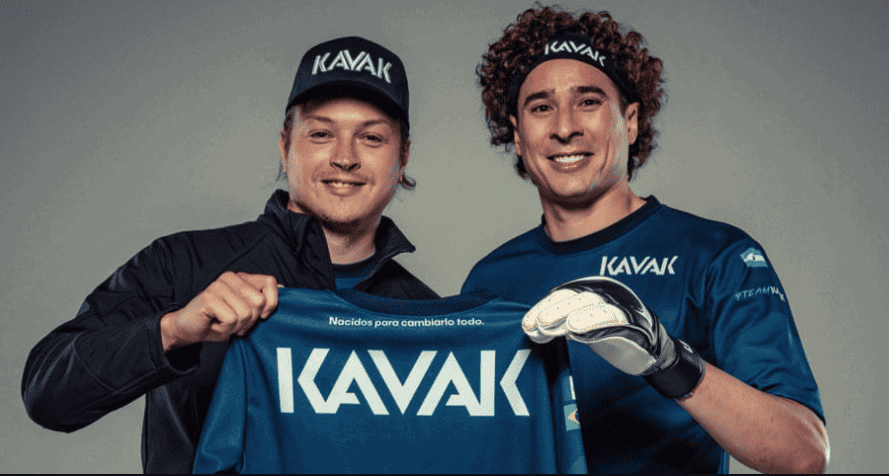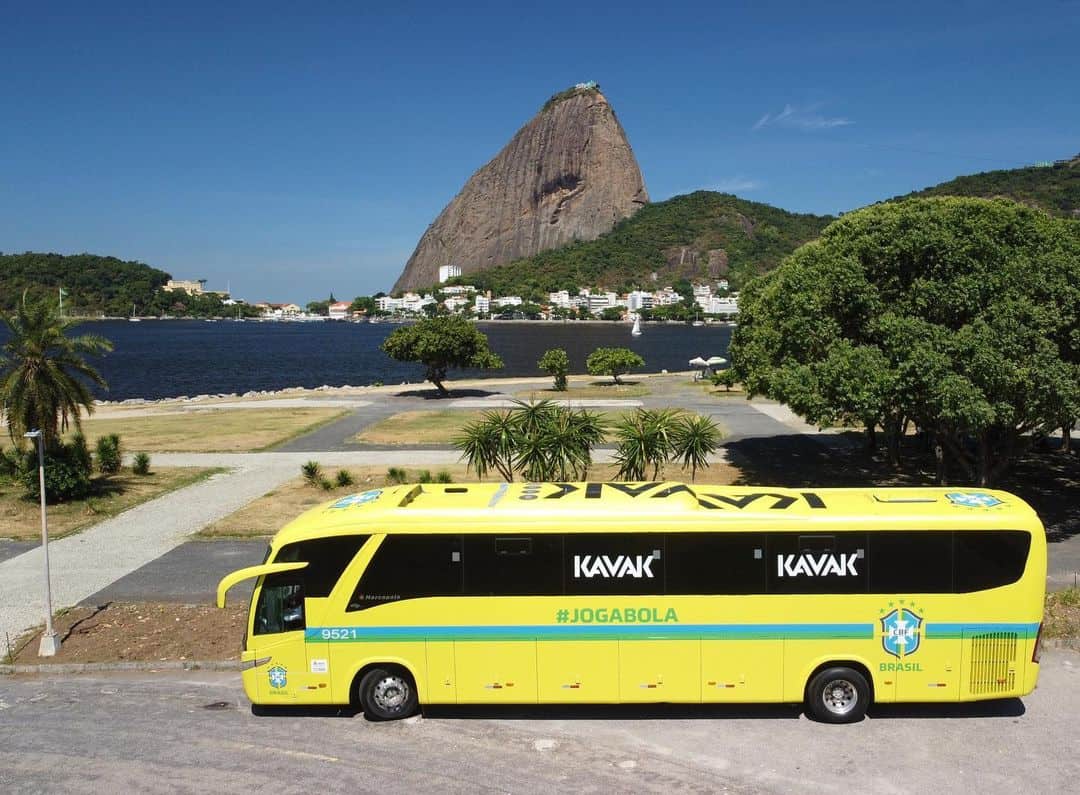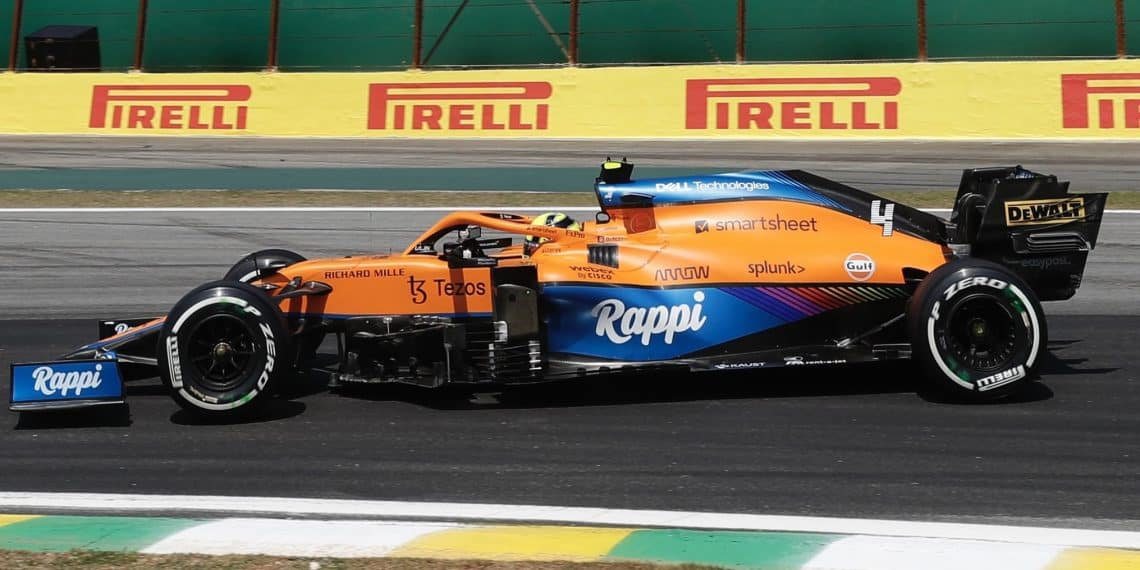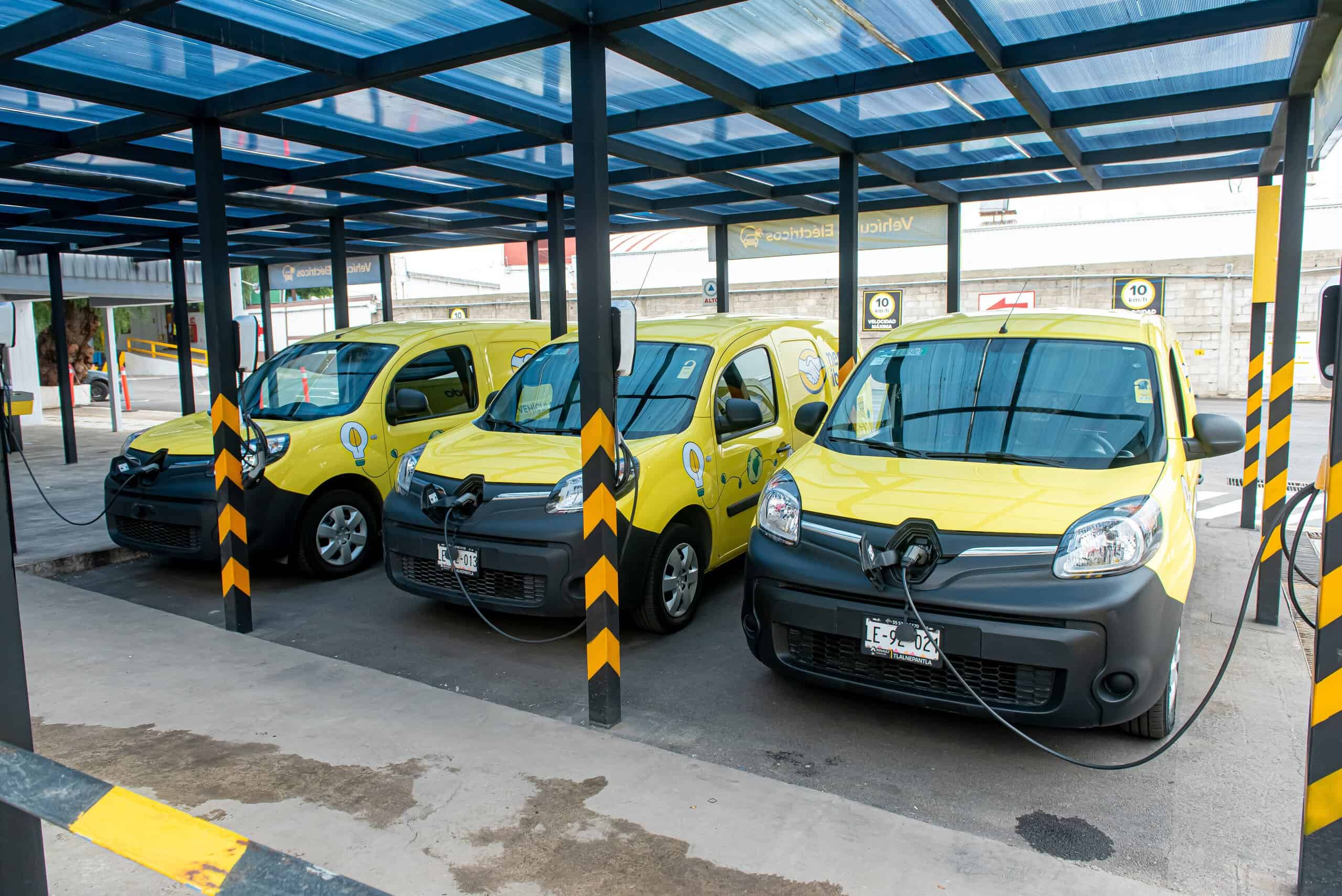Being digital natives, the organic thing for startups is to go for digital marketing. However, offline marketing, while challenging, can be just as or even more powerful in growing a company. Three startups from the region —from Mexico, Colombia and Chile— tell us about their experiences and some outstanding campaigns.
Kavak: Go Big Without Thinking Twice
Like any digitally-born company, the Mexican company Kavak started by promoting its car marketplace service with ads on Google, Facebook, Instagram and other similar networks: it was all digital marketing. Today, the Mexican unicorn spends a lot on television, is associated with big names and sponsors the national soccer teams of Mexico, Brazil and Argentina.
Nicolás Fernández, who is from Argentina and is the director of marketing at Kavak, says that it was during the pandemic that this change in strategy came about. After several months of downsizing and cost cuts, they realized that their service could become even more valuable during this crisis due to factors such as a decreased use of public transport. “So the decision we made was to go from being on the defensive to being really on the offensive. The first test was to move strongly towards offline marketing, with television ads of 20 to 30 seconds that explained our value proposition,” he says.
“And in three years we had an increase in brand awareness from 3% to 60% nationwide. Today, in Mexico, the brand is better known than Sprite”, he adds.
Not everything was because of the TV. He says that other massive actions also contributed: for example, betting on the Mexican soccer league with activations at halftime and at the end of the games. “This was a very big bet to make, but we felt that more people would demand our service if they knew about it.”
Once that was achieved, the next step was to continue offline whilst fine-tuning their strategy. First, explains the executive, it meant realizing that once people know about a company, they don’t want to listen to this company simply telling them what it does, but they want to listen to people that they trust.

“There, our job was to convince people that we are at the level to be represented by athletes like Memo Ochoa, the captain and goalkeeper of the Mexican soccer team; or Checo Perez, who drives in Formula 1 at Red Bull, etc. And all with the plan to strengthen communication; make it closer, warmer, more personal”.
The latest in Kavak’s ambitious marketing plan is to bet on not one, but three LatAm teams (Mexico, Argentina and Brazil), and to do so in a World Cup year. Fernández says that this should stop Kavak from being a transactional brand that just says what it does, and become one that communicates from emotion and what it represents as a brand. He says that they have been inspired by cases such as Quilmes, an Argentine brewery known for its passionate and sentimental TV spots. “The transactional, great, it allows you to reach levels of brand awareness, but if you don’t have an exciting brand that generates closeness, you don’t generate the same brand consideration.”
When asked about how they measure the success of advertising on these traditional channels, an arena very different from the exact metrics of the digital world, he explains that they measure issues such as consumer reaction to the brand in both a quality and quantity-driven manner. They attribute the increase in demand, or the increased traffic on the platform, as an investment in brand awareness and brand consideration.
He also says that having previously bet on the Mexican soccer league served as a validation to go for these large sponsorships. “A validation that the hypotheses were working, that this massive move was going to be a good one. It gave us that security so that we wouldn’t think twice.”
But what exactly does sponsoring these national teams consist of, considering that by regulation the national team shirts do not carry advertising? Fernández says that they access a series of spaces and that it varies according to the team. With the Mexican team, they are the first sponsor, which includes issues such as the sponsorship of training shirts. In Brazil, where they are the second sponsor, they have access to the bus that transports the players, among other things. In Argentina, where they are also the second sponsor, they have press conferences, training spaces and spaces in matches. And in all cases they can use the brands – the teams – in their TV commercials and social media content.

Rappi: Influencers on TV
Although Rappi puts most of its efforts into digital marketing, lately they have begun to bet on traditional channels. They have been releasing completely offline campaigns or some that combine elements from both worlds: online and offline.
Asked about which Rappi campaign would stand out as innovative in this context, Mónica Parra, Head of Brand Marketing for the Colombian unicorn, first mentions one they did for TV using social media influencers.
“We worked with a well-known instagrammer couple in Colombia, Tatán and Maleja, where we tried to explain that everything one needs can be found on Rappi. What was the interesting part? They produced all the content directly; we only delivered a brief with what we wanted to be made clear about the brand. We took all that content to TV, breaking the rules of the medium. Even the video format was completely vertical, you saw black stripes on the sides because it was recorded on a cell phone. We took a bit of a risk to see and understand what was happening, and the results were quite positive. What we did was take influencers out of their organic world, where they are better known, and we brought their completely natural and self-made content to TV in a commercial format.”
How difficult is it to measure the success of these offline campaigns? “We come from a very digital line and yes, it is completely different offline. We are used to measurements with a certain level of detail, but in offline media there are much more open attributions”.
“In digital it is full performance and we measure 100% of the conversions, while in offline we seek to generate conversation and be at the top of the users’ mind. It is a medium and long-term construction. What we measure are issues that are much more related to brand health. With offline, we only see results in the future, unlike in digital where we can see them immediately.”
Another attention-grabbing marketing move was the sponsorship they gave to the McLaren Formula 1 team last year, with the Rappi logo on the cars and the drivers’ overalls, during the Brazilian Grand Prix. Parra explains that this was an initiative of Rappi Brazil in the context of promoting the turbo service of 10-minute deliveries that they had recently launched.

“We launched turbo and it was possible to collaborate with them because I think there is nothing that better represents speed and countdown. When you ask for turbo, a 10-minute countdown begins and people get excited to watch it. Somehow there is also a bit of anxiety around fulfilling that value proposition of delivering in 10 minutes,” she says.
With regards to how well they evaluated that campaign internally, Parra says that it was 100% positive and that it generated a lot of conversation, which was what mattered most to them.
This is not Rappi’s only foray into sports: they also sponsor the Colombian soccer team, where in addition to appearing on the barriers and in the stadium they have carried out specific actions. One that Parra highlights was “the Rappi bar”, where they gathered 400 people in a section of the stadium (including delivery men, ambassadors, users and company employees) to rouse the team after assessing that the public had been very shy lately. “Also, through social networks, we invited people to support the team from their homes, and in truth it made it a completely different game. It was offline in the sense that it was lived inside the stadium, but also digital because of all the amplification we did for people at home”.
Fintual and Its Unconventional Approach to Sports
Fintual, a fintech company that emerged in Chile (whose founders own Contxto), has several marketing initiatives related to sports that also stand out for moving away from traditional formulas. The most recent is its sponsorship announcement for the Trasandino de Los Andes soccer club. Although this team plays in the third category of Chilean soccer, it was attractive because of its history, because of it being a long-term project and especially because of its new owner, Harold Mayne-Nicholls— a soccer executive celebrated for having led the progression of Marcelo Bielsa in the Chilean team.
Another one of its initiatives is sponsoring paddle courts throughout Chile: they realized that there was a boom in the sport and that the courts had a lot of public exposure. They allowed themselves to play around with slogans such as “wait for the rebound”, a phrase that relates to both investments and paddle.

But nothing has been more talked about locally than a campaign, launched last year but still in full force, of sponsorships and financing of jerseys to any amateur soccer team that needs clothing. The person who came up with this idea was José Ignacio Flores, part of the Fintual Branding team, who says that the balance has been extremely good: today they have nearly 500 sponsored clubs throughout Chile from almost 1,200 applications.
“Fintual has always been close to the sport because it has some founders who are big fans. Of course, one could think of TV or newspaper ads, but it is not something that we generally do because our strategy, when we spend on advertising, is to do something with a bit of a twist”, he explains.
Flores himself is a lifelong amateur soccer player and he knew how difficult it was to get sponsors or someone that could finance part of the jerseys. “The idea was to look for an alternative, for many people to see you, to put you on, so to speak, because the shirt is an item that you have to wear, that moves around the city and lasts for many years.”
“It started with soccer because it is such a massive sport,” Flores continues. “But then we began to receive applications from volleyball, handball, rugby, and paddle teams, so we opened ourselves up to those. We have managed to get into many different sports by helping with an issue as sensitive as the uniform. There is nothing better than playing sports with a special uniform that you made yourself, because we actually stay out of the whole process. You decide and do everything for yourself and in the end we will simply reimburse you.”

—How do you measure the return on investment in this case?
“It is super difficult to have an exact measurement, especially when working with amateur teams and not at a first division level. But in our case, our best measurement is to go to the Instagram or Facebook of the amateur leagues, from Santiago or other regions, and see all the teams that are with Fintual. It has often happened that a Fintual team plays against another Fintual team. That’s the level we’re at.”
—What do you think that another company has copied this same idea?
“Good ideas are copied, that’s all I have to say,” answers Flores.






